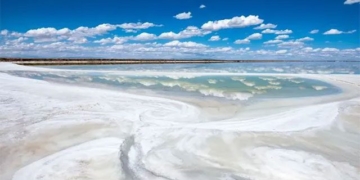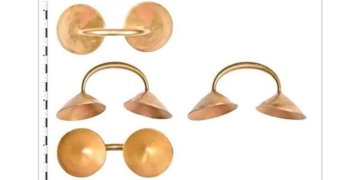Dolphins need water to sustain their life and activity, but in the ocean, they cannot drink seawater directly. So, how do dolphins hydrate themselves?
Dolphins are marine mammals belonging to the order Cetacea, which includes about 17 genera and 40 species of dolphins, found in the shallow waters of all the world’s oceans. They play a crucial role in the marine ecosystem and are vital in maintaining the balance of marine life.
Dolphins have a unique appearance, often grey or black, with streamlined bodies and strong swimming abilities.
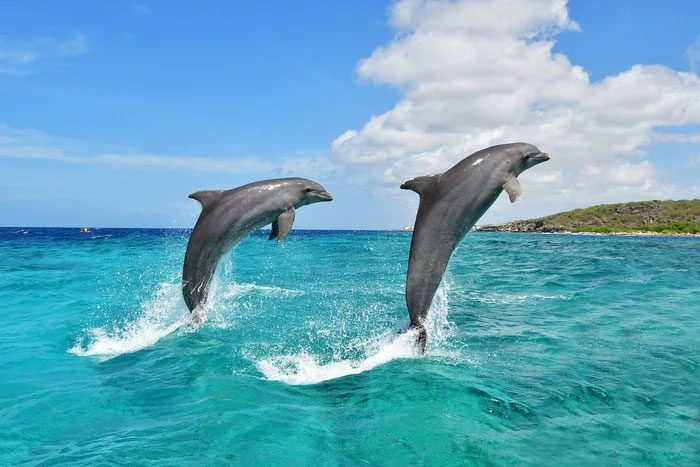
Dolphins are marine mammals closely related to whales.
Dolphins have round heads with wide mouths containing sharp teeth that help them capture prey. Their eyes are round and relatively large compared to their heads, adding to their charming appearance. Additionally, dolphins possess dorsal fins and tail fins that enable them to swim swiftly underwater.
Dolphins primarily inhabit shallow ocean waters and feed on fish, cephalopods, and crustaceans. They are highly intelligent animals with a high IQ.
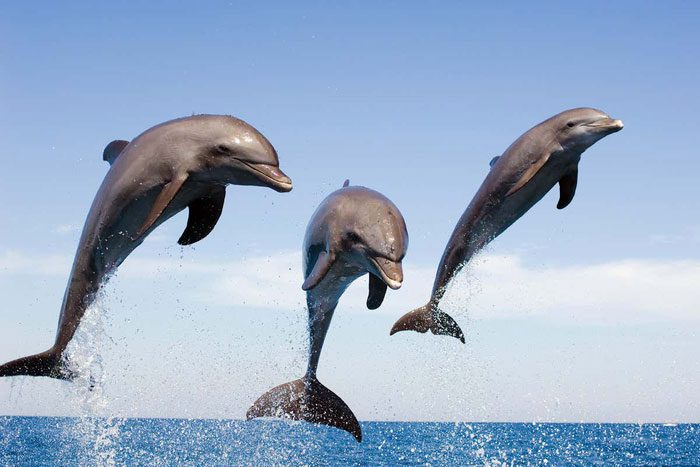
Dolphins can range in size from 1.2 m and 40 kg to 9.5 m and 10 tons.
Some dolphins can communicate using simple languages and participate in various performances and swimming activities. They produce a variety of sounds, including clicks, whistles, and squeaks, which help them communicate and navigate their environment.
However, due to overhunting, ocean pollution, and other factors, the populations of many dolphin species have significantly declined. Currently, around 14 dolphin populations are listed as endangered.
To protect these beautiful creatures, many countries have implemented various measures, including banning dolphin hunting, designating protected areas, and enhancing marine environmental protection. These measures can help restore dolphin populations and maintain the balance of marine ecosystems.

Dolphins are found worldwide and typically inhabit the shallow seas of the continental shelf. Dolphins are carnivores, mainly feeding on fish and squid. The oceanic dolphin family Delphinidae is the largest in the dolphin order and appeared relatively recently, about 10 million years ago, in the Miocene epoch.
Dolphins need water to sustain their life and activity, but in the ocean, they cannot drink seawater directly. So, how do dolphins hydrate themselves?
Dolphins can absorb freshwater in small amounts from seawater through a process called “osmotic membrane method”. Their skin, mouth cavity, and inner mucous membranes act as semi-permeable membranes, allowing them to desalinate small amounts of seawater.
Moreover, dolphins have a layer of oil on their skin, which helps maintain their temperature in the water and prevents dehydration, thus aiding in water retention.
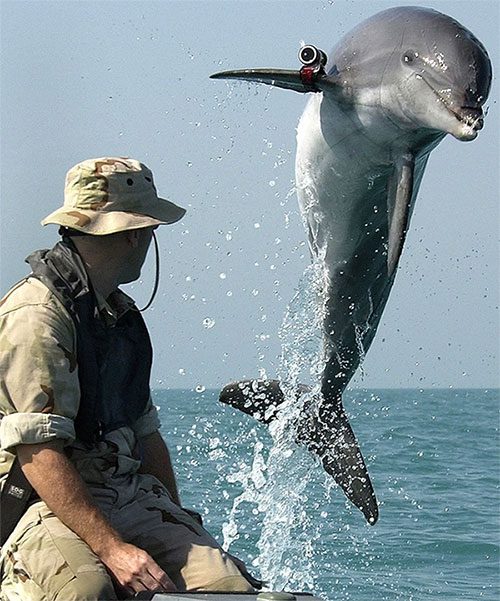
Dolphins are among the most intelligent animals and are well-known in human culture for their friendly demeanor and playful attitude towards people.
The waste produced from the metabolic processes of dolphins includes urine and feces, which contain a significant amount of water. Due to their high metabolic rate, dolphins can also self-hydrate by reabsorbing some water from their feces.
The way dolphins eat also influences their hydration processes. Generally, dolphins’ food contains a certain amount of water, and they consume a large quantity of fish each day, which provides additional water.
When dolphins swallow fish, they also ingest the water contained in these fish, thereby supplementing their body’s water needs. Additionally, when prey contains less water, dolphins rely on their metabolic processes to break down food and extract water.
In special cases, dolphins may not obtain enough water, such as when food sources are insufficient. During these times, dolphins will break down stored fat into water and energy.
While this method provides necessary hydration, it also depletes the body’s energy reserves.

Dolphins have high adaptability and flexibility in hydration.
When dolphins consume food, they do not swallow seawater along with it. Their mouths are uniquely structured, allowing them to separate food from seawater, swallowing only the food and expelling most of the seawater to avoid excessive salt and water absorption.
<pEven if they ingest a small amount of seawater, dolphins can still excrete excess salt through their highly efficient renal systems.
Overall, dolphins have high adaptability and flexibility in hydration. They can utilize water from their food, break down fats to extract water, and reduce salt accumulation in their bodies by avoiding seawater.
These methods help dolphins maintain their health and allow them to adapt to various marine environments. At the same time, dolphins have an efficient physiological structure and living habits that enable them to replenish water in diverse ways, thus maintaining the normal functioning of their vital activities.


















































